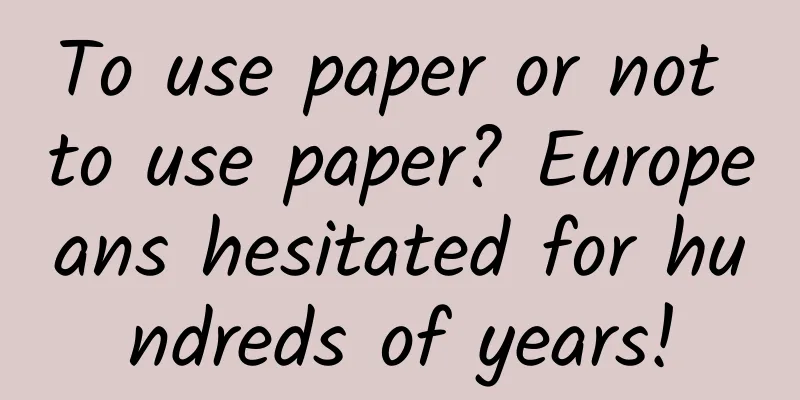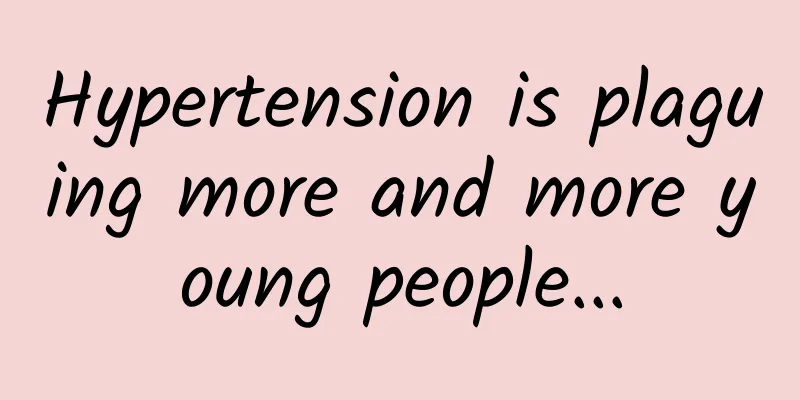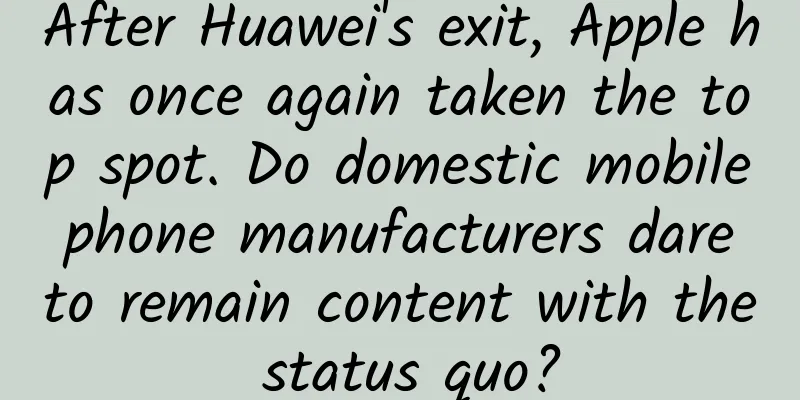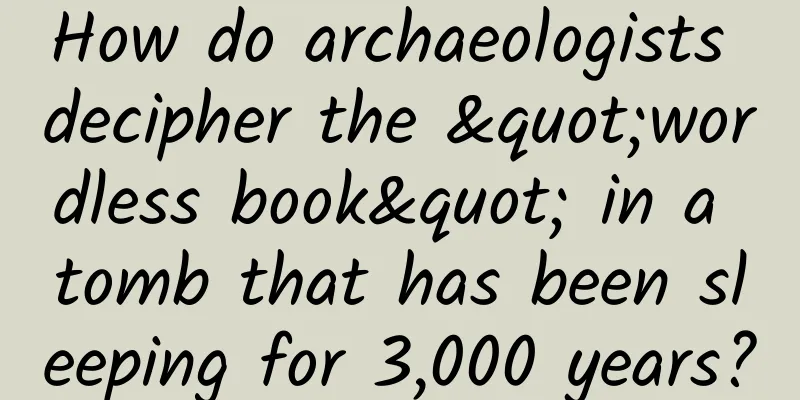To use paper or not to use paper? Europeans hesitated for hundreds of years!

|
The paper invented and improved by the Chinese was very popular in the Middle East and spread without hindrance. But in Europe, paper was neglected for hundreds of years. The medieval Europeans who revered parchment scrolls called paper "crude parchment scrolls" or even "dregs". Paper is a necessity in modern society and cannot be separated from it for even a moment. However, when Europeans first came into contact with paper, they were quite indifferent and contemptuous of it. In Europe, the invention of metal movable type printing in 1450 had a lot to do with the real popularity of paper and its replacement of parchment. 500 years ago, paper was still an imported product in many European countries. However, soon, papermaking became a strategic industry in various countries. Behind the rise and fall of industries are changes in people's hearts and the times. Pagan scum Paper has played an important role in the inheritance and dissemination of human culture. When talking about the history of paper, we must first clarify two points. First, paper was not invented by Cai Lun in the Eastern Han Dynasty. Many evidences show that papermaking technology existed in the Western Han Dynasty, and Cai Lun just improved it. It took hundreds of years for papermaking technology to mature. Second, paper was not introduced to the Middle East by Chinese craftsmen captured in the Battle of Talas in 751 AD. Before that, Western merchants on the Silk Road were already familiar with and frequently used Chinese paper. Middle Eastern people began to vigorously promote paper in the 8th century AD, and Baghdad began to make paper at the end of the 8th century AD. Traditional papermaking process Paper was very popular in the Middle East and spread without hindrance. But in Europe, paper was neglected for hundreds of years. The medieval Europeans who revered parchment scrolls called paper "coarse parchment scrolls" or even "dregs". Around 1140, the French monk Pierre visited Spain and found that Spanish Muslims and Jews were writing scriptures on old cloth materials. He believed that this showed the degradation of pagan society. “We read books made from sheepskins, cowhides, or swamp grass,” Pierre wrote. “They read books made from old clothes, rags, and other cheap things.” In Pierre's time, Muslim-ruled southern Spain was producing the best paper in the world, but Europeans felt no need to learn how to make paper. The Italians were more flexible, and they finally began to imitate the Arabs in making paper in the 1250s (or earlier), and spread the technology to Germany and France over the next 200 years. Although the great Italian poet Dante was very familiar with paper and mentioned it many times in "The Divine Comedy", he was reluctant to write "The Divine Comedy" on paper. During the same period, the King of Sicily also stipulated that laws must not be written on paper but on parchment. The real popularity of paper and its replacement of parchment scrolls had a lot to do with the invention of metal movable type printing in 1450. In 1490, the first paper mill in England was established to supply the newly built printing workshop. The first paper mill in Poland was established in 1491, and the first paper mill in Austria was established in 1498... Paper mills in Russia, the Netherlands, and Northern Europe were established later. Europe's own treasure in hand Europeans began using parchment more than 2,000 years ago and have a special liking for it because parchment has many advantages and is better than paper in many aspects. The more accurate translation of parchment scrolls is calfskin, which does not necessarily come from sheep, but often from calves. The best parchment scrolls are the skins of animals in the fetal period and the skins of white animals. To make parchment scrolls, the animal skins must first be soaked in lime, stretched out after 10 days, scraped with a knife, dried, and then polished with a stone until it is completely smooth, and then it can be written with an ink pen. If you make a mistake, you can scrape off a layer with a knife and rewrite it. The more accurate translation of parchment is calfskin, which does not necessarily come from sheep, but often from calves. In addition to parchment, another writing material familiar to Europeans is papyrus, which originated in Egypt 5,000 years ago. In the Egyptian swamps, there is an edible reed stem that grows. They are peeled into sticky layers, and then overlapped and squeezed horizontally and vertically to form a large piece of papyrus. The word "paper" means "papyrus". The texture of papyrus is quite similar to the later paper. Papyrus is easy to preserve in Egypt, but it cannot be preserved for long in the humid Europe. Parchment is more suitable for the European climate. Another advantage of parchment is that it can be folded at will and is not easy to wear or tear. Parchment can also be bound into books, which is easier to read than papyrus. Parchment is expensive, but it is durable. To this day, large libraries and monasteries still store a large number of parchment scrolls. These ancient scrolls were carefully hand-copied, with elaborate binding and fonts, and the covers are often gilded and inlaid with gems. They are large and heavy, and are usually kept as treasures of the temple. Occasionally, they are taken out and read, and they are placed on a slanted table. It is said that the great 14th-century poet Petrarch tried to lift a book, but accidentally injured his leg so badly that he almost had to have it amputated. In addition, Europeans were slower to accept paper because their culture was different from that of Arabs. In 1000 AD, Arabs had a higher literacy rate, a more prosperous economy, were more secular, and were more proficient in mathematics, astronomy, accounting, architecture and other subjects, so they needed cheap writing materials. In medieval Europe, secular studies were not prosperous, and books were concentrated in the religious field, so parchment scrolls were enough. In the 10th century AD, in Spain under Muslim rule, the Cordoba Library had a collection of 400,000 books; while the Vatican Library only had 5,000 books in 1455, and a Portuguese king had only 6 private books in the same period. As European culture developed, the need for ordinary writing became increasingly urgent, and the introduction of paper was inevitable. Just imagine, you can't use expensive sheepskin to check accounts or publish fabricated travel notes and novels. After the explosion of printed information, the use of large amounts of paper became imperative. Europeans discovered that paper could be equally durable, beautiful, and lighter than parchment. In 1523, a Venetian merchant died, leaving behind 15,000 books. As paper became more and more important, countries began to list rags as strategic resources and banned their export. Some papermakers were even granted patent privileges by the king. Hydraulic pulping is coming from behind There is no doubt that paper was invented by the Chinese, but like many great inventions, its success today cannot be attributed entirely to the flash of inspiration of a genius, but rather to the improvements made by generations of skilled craftsmen. Although Europeans imitated the Arabs in making paper very late, they soon made the best paper. First, Europeans used hydraulic pulping to greatly increase production. Pulping is the core of papermaking. Pulping is to beat plant fibers to make the hydrogen-oxygen bonds of cellulose molecules compatible with water molecules. After drying, cellulose forms a tight whole. At first, Chinese papermakers beat the pulp with wooden sticks. Later, the Chinese and Arabs learned to use foot-operated levers to pound the mortar. Europeans used river water to drive the turntable, which was hit up and down with a wooden hammer. Italians began making paper in the 13th century, simply modifying the water-powered wool felt machine into a water-powered pulping machine. Hundreds of years ago, European papermaking workshops were already very similar to today's factories. They worked day and night, making a lot of noise and emitting a bad smell. In the 17th century, the Dutch converted windmills into wind-powered pulping machines and improved the metal hammers for pulping. Europeans also used fine metal wire to weave sieves, and the paper sieved out was of higher quality than the bamboo sieves used by the Chinese and the reed sieves used by the Arabs. Europeans also changed the sizing process (adding materials to the pulp to turn the "straw paper" that easily absorbs ink into a stiff writing paper). The Chinese used glue extracted from lichens, the Arabs used grain starch, and the Europeans used animal gelatin, which improved the quality of the paper. Europeans also invented watermarking, which allowed skilled papermakers to sell their own brands. Interestingly, in 1450, the fineness of European paper reached its peak; in 1500, the quality of paper began to decline, becoming softer and more suitable for printing. In 1600, 1700, 1800, 1900... until today, the status of paper has continued to rise, but the quality has continued to decline. The solemn and slow way of spreading knowledge in the Middle Ages was drowned by the vast sea of books. People's attention was no longer focused on sacred volumes or the chanting of priests, but jumped from one interesting island to another, unable to settle down. If monk Pierre knew this, he would definitely say: "I warned you that using paper is a degradation!" |
Recommend
Tmall Genie Lyrics Speaker, let you truly fall in love with music
In the busy city life, how long has it been since...
The total box office during the 7-day National Day holiday dropped 15.30% year-on-year: Did Guo Jingming have to hide in the toilet and cry? !
On the evening of October 7, the National Day box...
The underlying logic behind Tik Tok’s full-case marketing!
In recent years, new brands have risen rapidly, n...
Eating barbecue and being sent to the ICU! What is Guillain-Barré syndrome?
Review expert: Wang Xuejiang, professor of pathop...
High imitation Baidu Nuomi
Source code introduction: High imitation of Baidu...
Google AdWords account opening process and account building
If you want to advertise, you absolutely need to ...
Talking about environmental protection on a smoggy day: Why does Apple have such a "cleanliness obsession" in production?
It still has the same taste and recipe, but the c...
Common performance optimization techniques in iOS development
What are the main causes of performance issues? T...
Not only can you delete your friends' voice messages in batches, but you can also pause WeChat and update many other functions.
Last Saturday morning, Shichao was sleeping sound...
After studying 1,000 information flow landing pages, we summarized 5 conversion rate optimization tips
Conversion is the key factor in paid promotion . ...
Interesting Talk | If AI has autonomous consciousness, where will humanity go?
The topic of AI has been discussed for many years...
Some money-making opportunities and marketing trends for 2017!
It is easy to make small money but difficult to m...
EK releases Intel 750 hard drive water cooling head
HDD mechanical hard disks use high-speed motors, ...
Global smartphone sales decline as Apple surpasses Xiaomi
[[432650]] According to preliminary data from the...
Take stock of the flowers that bloom on summer nights and smell their fragrance to cool off
Produced by: Science Popularization China Author:...









